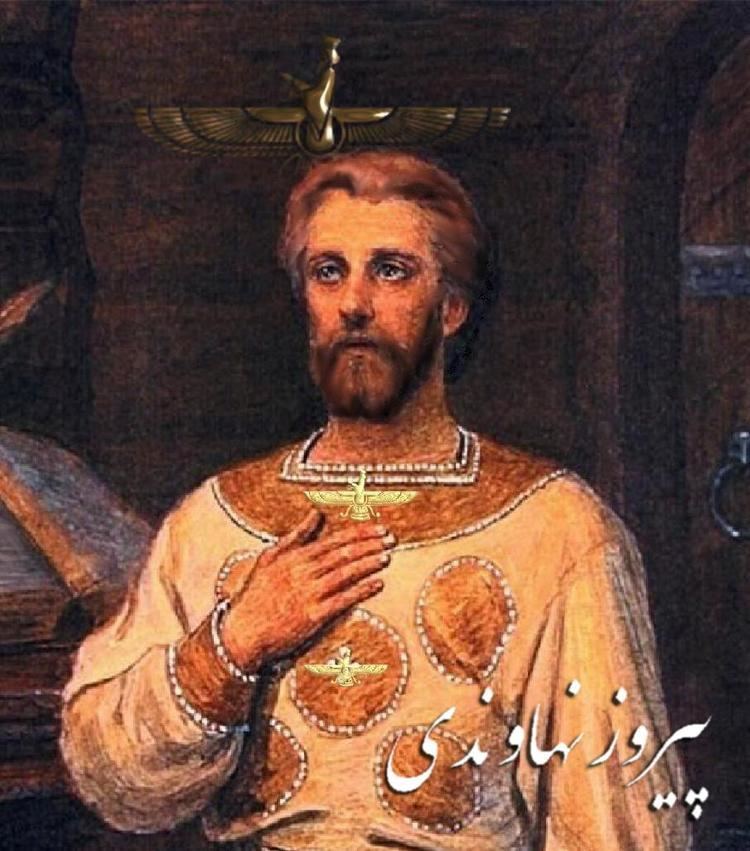 | ||
Similar Abd‑al‑Rahman ibn Muljam, Rostam Farrokhzād, Ka'ab al‑Ahbar, Yasser Al‑Habib, Abū Lahab | ||
Pīrūz Nahāvandi (Persian: پیروز نهاوندی, Firuzan or Piruzān), known in Arabic as ‘Abū-Lū‘lū‘ah (Arabic: أبو لؤلؤة) was a Sasanian soldier who served under the commander Rostam Farrokhzad, but was captured in the Battle of al-Qādisiyyah in 636 CE when the Sasanians were defeated by the Muslim army of Caliph `Umar ibn al-Khattāb on the western bank of the Euphrates River. After he was brought to Arabia, he managed to assassinate Umar in the Hijri year 23 (644–645).
Contents
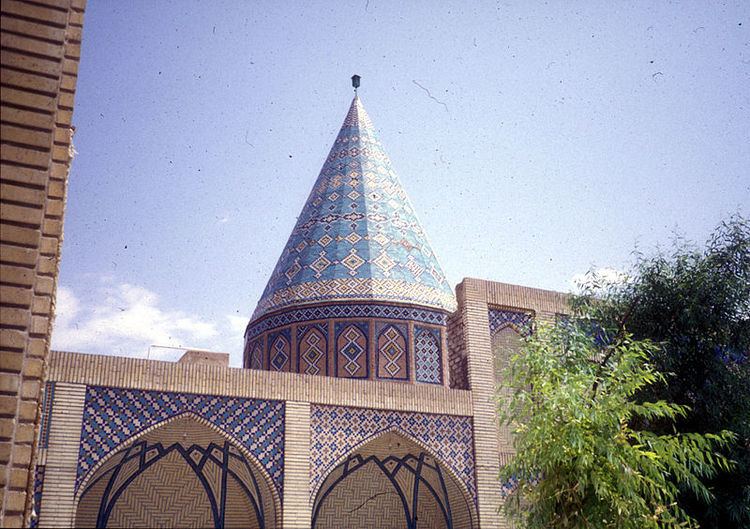
Move to Madina
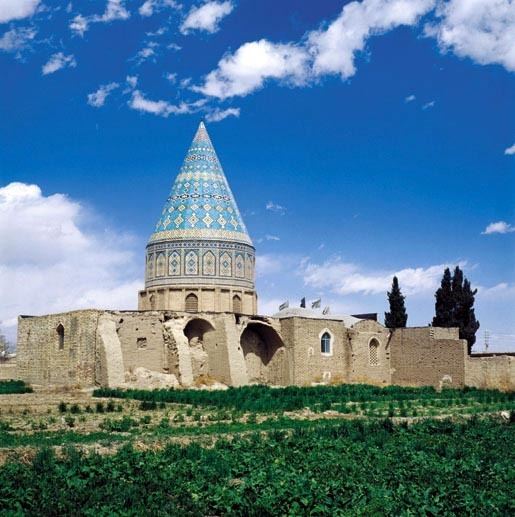
After his capture, Pirūz was given as a slave to al-Mughira ibn Shu'ba. In addition to his military skills, Pirūz was apparently a skilled carpenter and artisan. According to one report he was involved in the design of a vertical-axis windmill. His master allowed him to live in his own household in the Islamic capital of Medina (although according to Ibn Sa'd, Mughira ibn Shu'ba, his owner who was also the governor of Basra, had written to 'Umar from Kufa; and then 'Umar had given Mughira special permission to send Pirūz to Medina, since captives were not permitted to live in Medina).
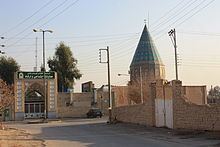
According to a Sunni Sahih Bukhari hadith, which recounts the assassination and Umar's last days in detail, the companion Amr ibn Maymun described Nahavandi as a "non-Arab infidel". In the same hadith, Umar also describes Nahavandi as a non-Muslim: "All the Praises are for Allah Who has not caused me to die at the hand of a man who claims himself to be a Muslim." Al-Tabari described Nahavandi as a Christian. Nahavandi has also been referred to with the epithet al-Majusi, indicating Zoroastrian beliefs.
Assassination of Umar Bin Khattab

The motive for Nahavandi's murder of Umar has been reported as the latter's refusal to accept Nahavandi's request that al-Mughira be made to tax him less than the two dirhams a day he was presently taking. In response to the rejection, Nahavandi replied back to Umar with a threat.
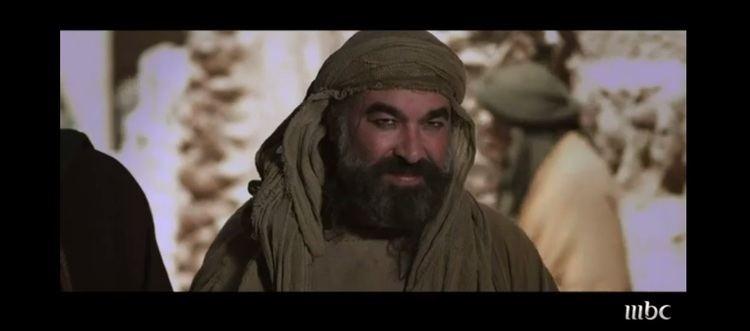
Sunni tradition has that the next day, in the Hijri year 23, whilst Umar had just begun leading the Fajr (dawn) prayer in Al-Masjid an-Nabawi, Pirouz had hidden the dagger in his robe, the grip of which was in the middle, and hid himself in a corner of the mosque. Shortly after Umar had begun the prayer, Pirūz leapt upon him and stabbed him six times (only three times, according to Ibn Sa'd), this was five times in the stomach and once in the navel, which proved fatal days later. After attacking Umar, Nahavandi stabbed more people, who were trying to subdue him, killing six or nine of them as he tried to flee. When cornered, Nahavandi committed suicide.
Shia tradition has reported that Nahavandi killed only Umar and following the assassination Ali provided support and advice to Piruz and, through a miracle, transported him to Kashan, where he safely lived out the rest of his days among fellow adherents of Ali.
Tomb
Pirūz Nahavandi's "revered" tomb is located on the road from Kashan to Fins, constructed in an eleventh-century distinctive Persian-Khwarezmian dynastic architectural style, consisting of a courtyard, porch and conical dome decorated with turquoise coloured tiles, and painted ceilings. The original date of its construction is unknown, but in second-half of fourteenth century it was fully restored and a new tombstone was placed over his grave."
Controversy
Among the Shia, for the act of killing Umar, Nahavandi acquired the honorific title of Baba Shujauddin (roughly translated as 'the honored brave defender of the religion'). The day of Umar's assassination (9 Rabi' al-awwal), and the glorification of Nahavandi, is still celebrated in remote Iranian villages and was previously celebrated in major Iranian cities until the protests of Arab countries resulted in its banning there by the authorities. The celebration is known as djashn-e Omar koshi (the celebration of the killing of Umar).
In 2010, controversy was caused when the International Union for Muslim Scholars called for Nahavandi's tomb to be destroyed—a request which was not well received by some Iranians, having been perceived as a specifically anti-Iranian act. Al-Azhar University also demanded the Iranian government demolish the shrine; the issue caused the cancellation of diplomatic relations between the university and the Iranian government. These requests were made because the shrine is considered to be "offensive and un-Islamic" by mainstream Sunni scholars. Due to this Sunni pressure, it was reported that the Iranian government shutdown the shrine in 2010. It is currently used as the local police head office.
